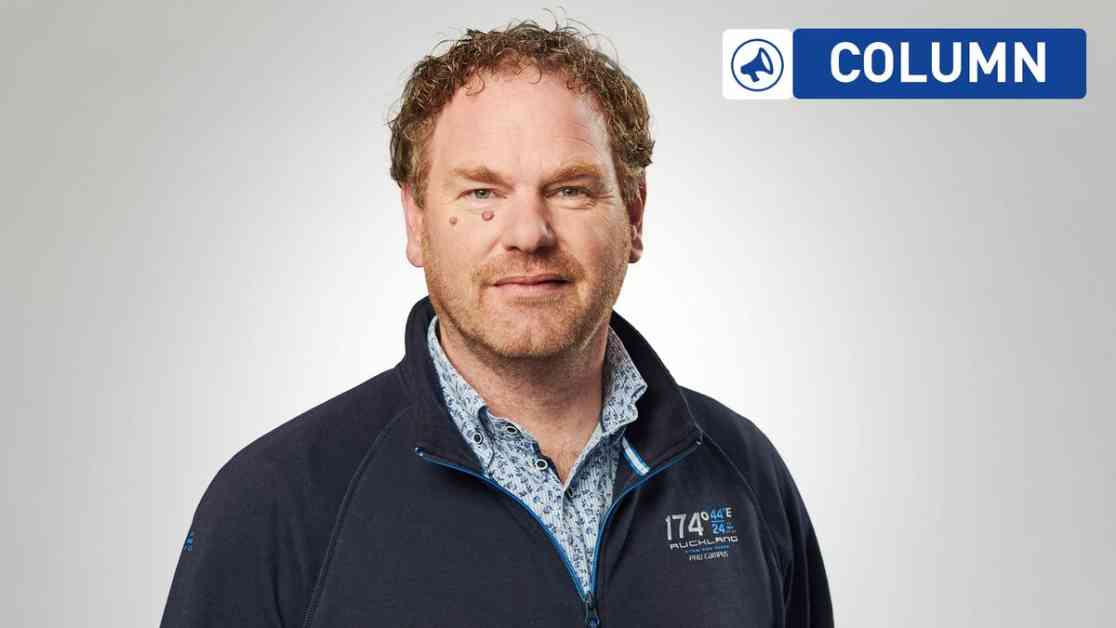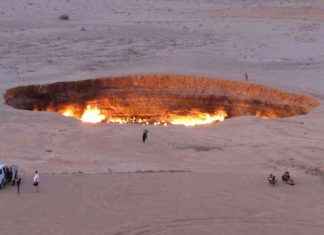One thousand million dollars. It’s quite difficult to comprehend that amount in terms of usefulness. Say you gain such a fortune, even once you’ve got a gold-plated roof over your head and the finest cuisine known to man lining your stomach, you’ll have barely cut into that towering figure. What to do?
There are many traditional methods to use or abuse massive fortunes. Some have been steadily blown through indulgence or mismanagement. Some have been used to grow ever-expanding empires of business and industry. However, what you want is something that will really make you stand out from the crowd. Something that will go down in the history books, rather than be swallowed by them.
Produce a Film that Stars Every Living Oscar-Winning Actor:
If the recent Expendables film has proved anything, it’s that combining a host of A-list actors is a sure-fire way to build hype. What would be truly impressive would be to gather together every living Oscar winner in order to concentrate their skills into one gigantic accumulation of acting talent.
It would have to be a short film though, with a whole bunch of cameos in order to make the budget, but with that line-up, it wouldn’t even have to be good in order to make its money back.
Commission a Work of Art Constructed From Your $1 Billion Dollars:
They say money talks, well what a statement $1 billion dollars could make with the right influence shaping it. Find yourself a genius artist who is willing to work for free but offer them the chance to create a work of art with $1 billion dollars as the base materials.
Perhaps coins might be better than notes, to make it too heavy to steal. Whether it’s a towering money stature of yourself, or something less self-aggrandizing, it’s bound to turn heads.
Build a Zip-Wire Between France and England:
At its narrowest point, the English Channel separating England and France is about 34 km wide. The biggest and most impressive zip-wires can propel their riders along at approximately 120km/h. This means that a cross-channel zip-wire passenger could slide down to France from England in a mere hour and 8 minutes. Sure, they could take the channel tunnel which is quicker, but it would be far more impressive to whip across the Channel waters in style. Warm clothing and a strong stomach would be a must.
Become Lord Ruler of Your Own Moon Province:
Nobody can actually answer the simple question: who owns the Moon? The American flag happens to fly on it, and if they follow the tradition of every historical European empire of owning everything they stick a flag into, then technically it’s theirs.
However, the Outer Space treaty, a sort of international space law document, says that space is for the benefit of all mankind and no one country can own parts of it. It doesn’t stop individuals owning bits of space though. One acre of Moon land can set you back as little as $16.75. Since the Moon’s surface area is 37.9 million square kilometers or 9,365,293,957 acres you would need about 157 billion dollars to buy out every acre of the Moon at that price. $1 billion suddenly seems a bit insignificant, doesn’t it?
Fear not, with your $1 billion dollars you can afford just under 60 million acres of Moon land, probably a lot more given that you could fetch a hefty discount for buying in bulk. Not to mention those seeking their way out of bad credit loans who need to make a quick buck selling off their lunar portfolio at rock-bottom prices. When the time is finally right for the Moon to be colonized or otherwise settled, you’ll have a nice healthy stake in the Moon land rush.
Blow it All on Cake:
When France was stricken with famine during the reign of Louis XVI, Mary Antoinette probably did not say “then let them eat cake!” but she probably said something suitably snooty and aristocratic. Whatever her sentiment, with $1 billion dollars you could make good on her supposed suggestion. France has a population of about 64 million people, giving you about $1.56 to spend on each cake for every man woman and child in France. Maybe cut it down to $1.50 per cake and use the rest for transport costs.








